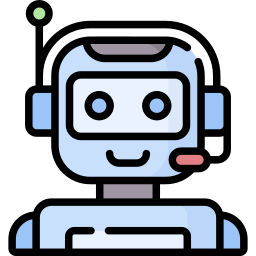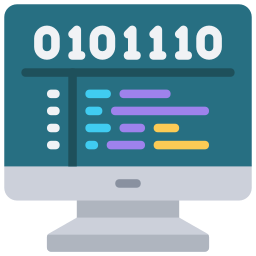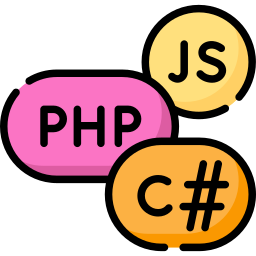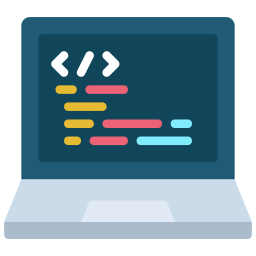Currently Empty: ₹0.00
Coding course for children aged 6–18. The courses are designed to help children learn the fundamentals of coding, such as logic, structure, and sequence, and apply them to create apps, websites, and animations. These courses also teach children how to think like a problem solver and analyze data using programming languages.
- Types of Classes: Option of both Group and 1:1 live class are available
- Curriculum: Includes core concepts like algorithms, variables, loops, and conditional functions
- Learning environment: Designed to be fun, with children creating games while learning
Vikalp, incorporate researched method Bloom’s Taxonomy to teach children coding. This method of teaching helps in building 6 different competencies in kids while Learning to Code. These competencies are as below: –
- Remembering: When you teach kids programming, they’ll have to take in a lot of information. But since this is being done at an early age, educators have found easier and more long-term ways to feed the information. Thus, with practice, the child will begin remembering each of the steps of coding. Memorizing these steps gives your child’s brain a great workout, thus helping the brain grow stronger. As we age, our ability to remember things reduces, but engaging in cognitive intensive skills such as coding from an early age can keep the brain healthy, wealthy and wise!
- Understanding: In a class of 30 or 40 some students understand, some understand partially, some don’t understand at all. Teacher also has no time to check each student. But in Coding class student need to understand every step with clarity otherwise they will not be able to proceed further. Partial understanding doesn’t work here. Hence students develop habit of understanding in-depth understanding of concepts.
- Applying: We learn many concepts in school. Most of them we learn because they are part of the syllabus. We do not apply. After few years we forget. This doesn’t happen in coding. Each concepts needs to be applied in different scenarios. Students are supposed to know how to apply even when the scenario is changed. Consequently, children learn to apply the concepts in different scenarios.
- Problem-solving/ analyzing skills: In coding, one may need to constantly go through the codes to figure out bugs. This is generally done by a constant hypothesis generation and tweaking of the codes to test which one solves the problem. Children learning to code learn this part early on because a code without any bugs is a rarity.
- Evaluating: Evaluation also becomes a strong suit for a child learning to code since codes generally tend to need reviews and re-reviews. It allows a child to be able to look through a code and point out areas that could be made better. This evaluation looking for methods to bring forth a better end-result becomes a strong capacity in a child.
- Creativity: Coding generally requires a lot of experimentation and permutations and combinations. This gives a child the necessary push to think out of the box- which is to think creatively. There is a certain amount of similarity between coding and story-telling and only when coding is taught at an early age will that understanding be clear. Child coding is a child creating!
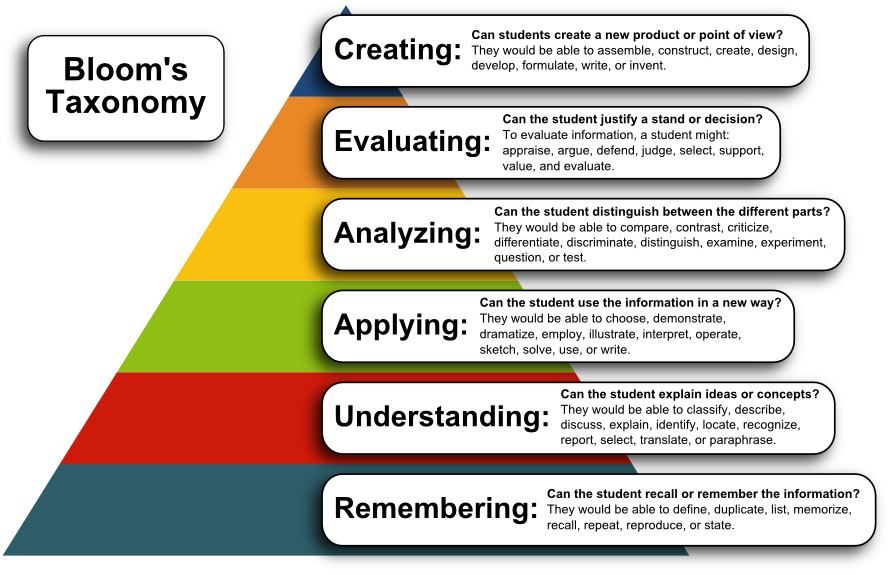
What kind of technical setup is required for coding classes?
Our courses require:
1- A desktop or laptop computer that runs Windows or Mac OS, with a working microphone, speaker, and webcam.
2- The Chrome browser and Zoom Client must be installed.
3- A high-speed internet connection (at least 10 Mbps). We also strongly recommend headphones to help your child to concentrate, and be immersed in the virtual classroom.
My child is in Grade 5. But he has no exposure to Coding. Can he opt for a Beginners course?
This course is specifically tailored for the classes mentioned. Nonetheless, students of higher grades can opt for the lower grade course. It depends on the learning level of the students. You can check the curriculum and make the right selection.
Why is the Coding Course more expensive than other Courses?
Coding courses are more expensive because the live interactive classes are not taken by teachers. It is taken by working professionals working in MNCs like Google, Microsoft, Capgemini. Their fees are several times more than teachers. But we need to hire them because they are updated with whatever is happening in the industry. Coding is a very fast changing field. Every month there are so many changes happening. We dont want our students to learn something which is obsolete. Computer tutors who have done graduation or post-graduation in computer science are mostly outdated. It is not possible to keep pace with the change. And we dont want our students to learn something which was used 5 or 10 years ago. We want them to learn what is current in the industry.
How to get your child started with Coding?
While most of you relate coding to a page of gibberish written and executed at a very fast pace, it is not quite similar. In fact, one can start with simple coding for kids with activities right at home. The first thing that a parent should know when beginning coding for kids is that there are primarily two forms of coding:
- Visual block-based coding
- Text-based coding
For basic coding for kids- Visual block-based coding
Visual block-based coding is the simplest form of coding for kids. This is basically “drag and drop” blocks of elements or languages on a computer or tablet. In these games, children follow certain commands that appear in each of the blocks, such as “move forward 5 steps” and “move to the right 10 steps,” to create basic gaming elements, animations, and other such products. The idea here is to give the children a concept of basic coding and to garner interest within the child. It is meant to be fun and playful.
Non-profit websites like Code.org and Scratch are free coding sites for kids where they can not only enjoy these visual block-based coding but also be able to share their creations on an online forum. Thus, to teach children coding is not as difficult or daunting a task that common misconception would have you believe.
Once a child gets interested in coding, the next step would ideally be to seek a local or an online class where the child would get a more concentrated and holistic understanding of coding. In this case, what’s necessary is a well-thought-out course structure or a curriculum that suits a child’s learning. The need for a convenient guide who can walk your child through the understanding of basic coding and then furthermore is absolute.
In today’s world which has collectively figured out the importance of beginning coding for kids, one can find a number of coding sites for kids which offer to teach children coding. In this respect, Vikalp has recognized the need for coding classes for children and has thus brought forward an initiative to teach K-12 children coding. Vikalp India is on a mission to inspire school kids to fall in love with Coding.
Which computer languages do you teach?
We teach Python, JavaScript, Java, Scratch, C#, HTML, CSS etc. We have a unique way of making our courses accessible to absolute beginners as young as age 6. We hope you’ll give them a try!
Why you should teach children coding?
What we are seeing today is the beginning of coding becoming essential in a child’s educational curriculum so that they can be prepared for the developing future. This new literacy is what’s going to be a necessary requirement for jobs in the coming future.
AI and ML have become the new buzzwords. This year alone they were responsible for creating 1.4 million jobs! Teaching children coding is preparing them for a plethora of career opportunities at an early age. That aside, coding has a number of uses in honing a child holistically.

